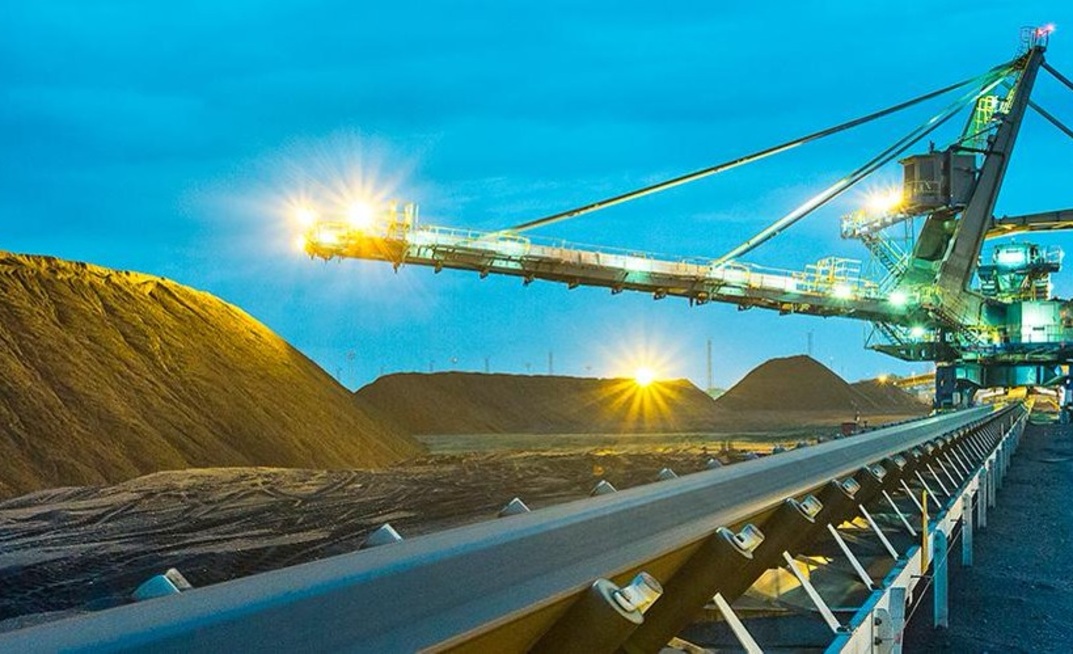Vale's iron ore production stood at 63.93 million tonnes in Q1, having dropped 6% year-on-year and 23% quarter-on-quarter.
Pellet production of 6.92Mt was up 10% year-on-year and 24% weaker than Q4 2021.
The Brazil-based miner's coal production was 2.04Mt for the three months, which was an 88% rise year-on-year and a 28% fall quarter-on-quarter.
Nickel production dropped by 5%, both year-on-year and quarter-on-quarter, to 45,800t. And copper production of 50,300t was down 29% year-on-year and 32% quarter-on-quarter.
Along with the rainfall, which affected the Minas Gerais mine, Vale cited delays in obtaining licences, which affected ROM availability, mainly in Serra Norte; below expected performance at S11D and Sossego; and "major maintenance which should benefit production on a year to go, allowing Vale to maintain our expected annual iron ore production guidance", the company said.
S11D is the state of Pará and Sossego is in the Carajás mining province.
Vale said that it now expects its copper production to be in the low end of its 330,000-335,000t guidance, while iron ore, pellets, and nickel were all left unchanged at 320-335Mt, 34-38Mt, and 175,000-190,000t, respectively.
BMO Capital Markets analysts David Gagliano and Alexander Pearce said in a research note that all production figures missed their expectations apart from nickel production, which was a 5% beat.
The analysts added that the Q1 results imply average Q2-Q4 production will meet guidance mid-points of 87.8Mt of iron ore fines, 45,500t of nickel, and - to hit the low-end - 91,000t of copper.


























